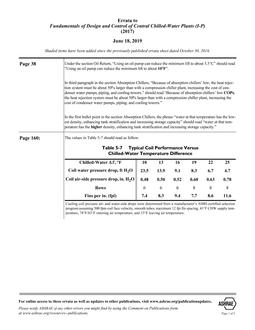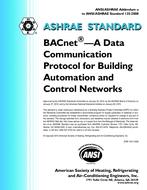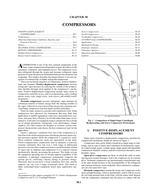The hmnane care of laboratory animals has generated considerable interest in recent years among scientific and lay citizen groups. Scientists have long recognized their obligations and responsibilities in this matter and have cooperated in the est:a.Plisbrnent of gu.i9.elines and codes which elaborate on the specifics of Principles of Laboratory Animal care. Recently, federal legislation has established requirements for care, management and physical facilities of virtually all animals used in teaching and research.
Much has been written about the necessity of effective ventilation in an animal facility to maintain low concentrations of atnospheric contaminants, to regulate room temperature and to provide comfort. However, guidelines for construction of animal facilities are broad in scope regarding optimum values for environmental variables such as temperature, humidity, illumination, noise, gaseous and viable particulate contamination, ventilation rate, and air distribution.
Uncontrolled environmental conditions in animal facilities may influence the physiological status of the laboratory animal whether the effects are exerted independently or in combination and the usefulness of the animal as a research subject and the quality of data obtained from these research efforts could be of questionable value. Hence, it is imperative that environmental conditions be determined that adequately satisfy the physiological requirements of laboratory animals and simultaneously minimize expensive control systems. With proper planning, environmental problems within animal facilities can be not only solved but also accomplished in a rather short time with an acceptable additional expense factor.
Product Details
- Published:
- 1975
- Number of Pages:
- 7
- File Size:
- 1 file , 910 KB
- Product Code(s):
- D-BO-75-08-2
- Note:
- This product is unavailable in Russia, Belarus


